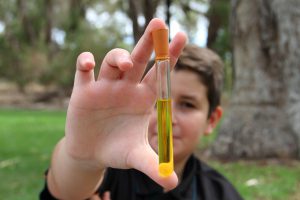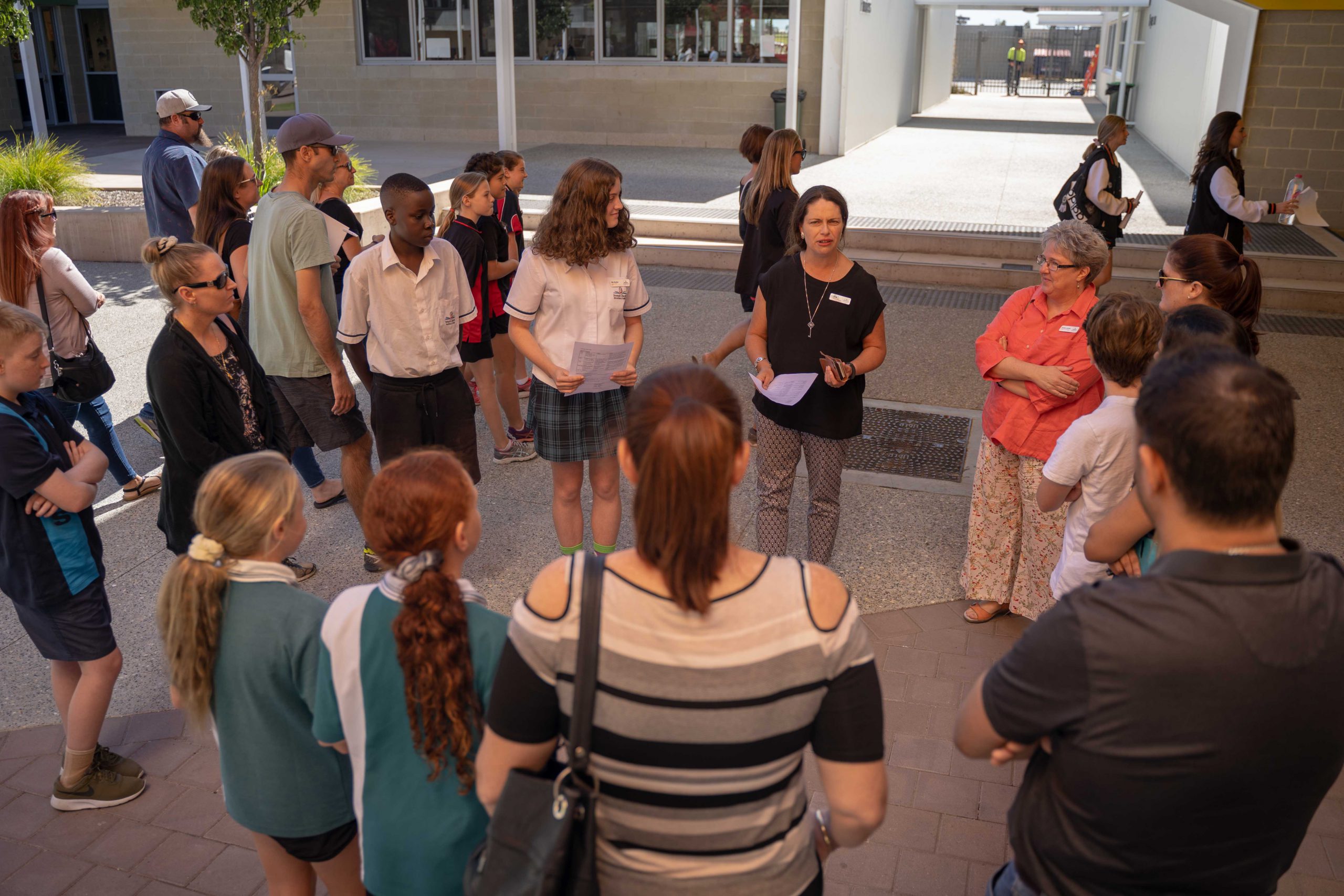Food Science and Technology (General)
Course Code: GEFST/GTFST
Domain: Technologies
Timetable: Semester 1 and 2
Length of Course: 2 Years
Unit Information
Food impacts every aspect of daily life and is essential for maintaining overall health and wellbeing. The
application of science and technology plays an important role in understanding how the properties of food
are used to meet the needs of consumers and producers. Food laws and regulations govern the production,
supply and distribution of safe foods. Students develop practical food-related skills, understandings and
attitudes that enhance their problem-solving abilities and decision-making skills.
In the Food Science and Technology General course, students develop their interests and skills through the
design, production and management of food-related tasks. They develop knowledge of the sensory, physical,
chemical and functional properties of food and apply these in practical situations. Students explore
innovations in science and technology and changing consumer demands. New and emerging foods
encourage the design, development and marketing of a range of products, services and systems.
Food and allied health sectors represent a robust and expanding area of the Australian and global
employment markets. The Food Science and Technology General course enables students to connect with
further education, training and employment pathways and enhances employability and career opportunities
in areas that include nutrition, health, food and beverage manufacturing, food processing, community
services, hospitality, and retail.
Year 11
Unit One
This unit focuses on the sensory and physical properties of food that affect the consumption of raw and
processed foods. Students investigate balanced diets, the function of nutrients in the body and apply
nutrition concepts that promote healthy eating. They study health and environmental issues that arise from
lifestyle choices and investigate factors which influence the purchase of locally produced commodities.
Students devise food products, interpret and adapt recipes to prepare healthy meals and snacks that meet
individual needs. They demonstrate a variety of mise-en-place and precision cutting skills, and processing
techniques to ensure that safe food handling practices prevent food contamination. Students recognise the
importance of using appropriate equipment, accurate measurement and work individually and in teams to
generate food products and systems.
Unit Two
This unit focuses on the supply of staple foods and the factors that influence adolescent food choices and
ethical considerations. Students recognise factors, including processing systems, that affect the sensory and
physical properties of staple foods. They explore food sources and the role of macronutrients and water for
health, and nutrition-related health conditions, such as coeliac and lactose intolerance, which often require
specialised diets. Students consider how food and beverage labelling and packaging requirements protect
consumers and ensure the supply of safe, quality foods.
Students work with a range of staple foods, adapt basic recipes and apply the technology process to
investigate, devise, and produce food products to achieve specific dietary requirements. They evaluate food
products and demonstrate a variety of safe workplace procedures, processing techniques and food handling
practices.
Year 12
Unit Three
This unit explores the societal, lifestyle and economic issues that influence food choices. Students research
the effect of under-consumption and over-consumption of nutrients on health and investigate a range of
diet-related health conditions that affect individuals and families.
Using scientific methods, students examine the functional properties that determine the performance of
food and apply these in the planning, preparation and processing of food.
Students develop their expertise with technology skills to implement strategies to design food products and
processing systems. They select resources to meet performance requirements and use evaluation strategies
to monitor and maintain optimum standards. Students follow occupational safety and health requirements,
implement safe food handling practices and use a variety of foods and processing techniques to produce
safe, quality food products.
Unit Four
This unit focuses on food spoilage and contamination and explores reasons for preserving food. Students
investigate food processing techniques and the principles of food preservation. They examine the
regulations which determine the way food is packaged, labelled and stored and how the principles of Hazard
Analysis Critical Control Point (HACCP) system are administered and implemented to guide the production
and provision of safe food.
Students investigate the food supply chain and value-adding techniques applied to food to meet consumer
and producer requirements. Food choices are often determined by location, income, supply and demand
and the environmental impact of food provision. Students examine influences on the nutritional wellbeing of
individuals that arise from lifestyle and cultural traditions. They implement principles of dietary planning and
adapt recipes and processing techniques when considering specific nutritional needs of demographic groups.
Students apply the technology process to address a product proposal and produce a preserved food product.
They justify the equipment, resources and processing techniques used, and evaluate sensory properties.
Pathway Information
Tertiary
Workforce
Students undertaking this course may wish to consider tertiary studies in:
- Food and Nutrition
- Dietary Planning
- Hospitality
This course suits direct workforce entry into the following:
- Department of Health
- Hospitality
- Retail
Additional Information
Estimated Charges: $240 per year



